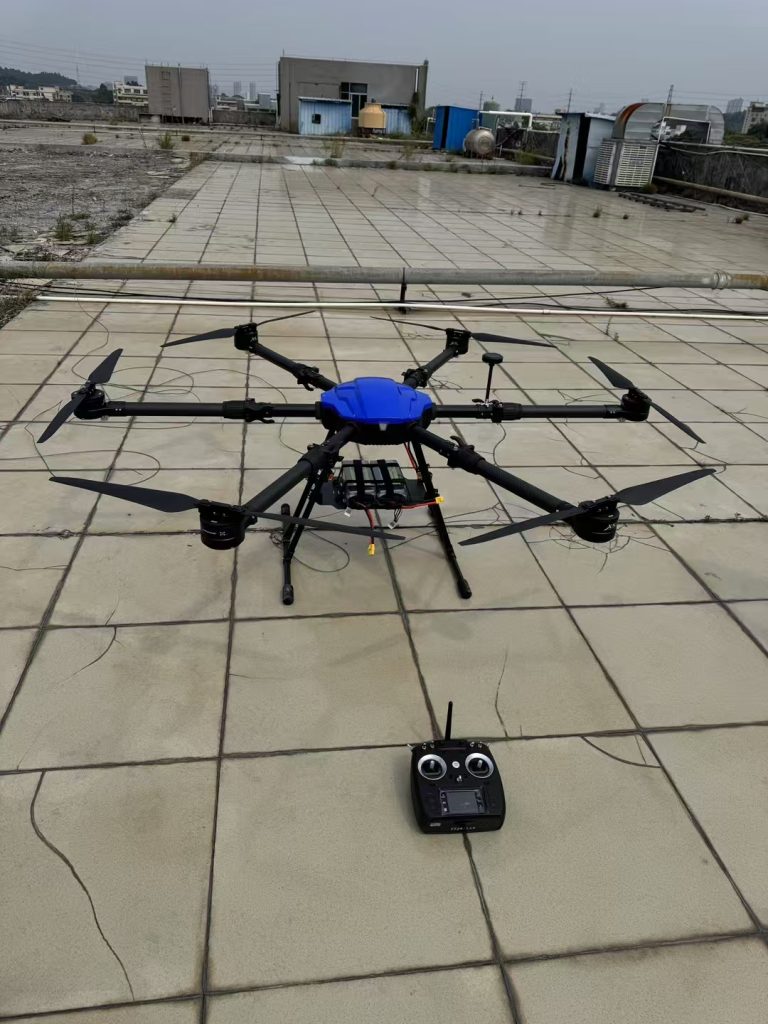
Wings Over the Faroes: How Chinese Agri-Drones Are Soaring Above the North Atlantic’s Farmsteads
The Faroe Islands, a cluster of 18 windswept isles straddling the North Atlantic, are a land of raw beauty and quiet resilience. Steep green cliffs plunge into churning seas; sheep graze on windswept hills; and farmers tend small plots of potatoes, carrots, and hardy ryegrass, their hands calloused from generations of working the land. With just 1,393 square kilometers of rugged terrain—half of it above 300 meters—Faroese agriculture is defined by intimacy: most farms span 2–5 hectares, run by families who’ve tilled the same soil for centuries. Yet beneath this idyllic surface, challenges fester. An aging farmer base (the average age is 57), a shrinking rural workforce as young Faroese move to Denmark or Reykjavik, and increasingly erratic weather—violent storms, sudden frosts, and prolonged droughts—threaten the survival of these time-honored operations. It’s here, amid the gales and the green, that an unlikely ally has taken flight: agricultural drones imported from China, now gliding over Faroese fields to prove that even the most remote corners of the world can thrive with the right tools.
Faroe Farms: Tradition Under the Storm Clouds
Life on the Faroes revolves around the land and sea. Potatoes, a staple since Viking times, grow in terraced plots carved into hillsides; ryegrass feeds sheep and cattle, sustaining the islands’ renowned dairy and wool industries. But for all its charm, farming here is a daily battle.
“My farm is in Saksun, a valley carved by glaciers,” says Jákup, a 63-year-old potato farmer. “To spray my 3 hectares, I used to haul a heavy sprayer up the path—rain or shine. Last summer, a sudden storm blew in mid-spray. Half the chemicals washed into the fjord. I lost money, and I felt guilty.”
Climate change has amplified these struggles. Warmer winters have brought new pests, like the Colorado potato beetle, while spring floods drown young seedlings. Sheep farmers face harsher winters, with blizzards trapping flocks in high pastures. “Young people don’t want this life anymore,” adds Katrin, who runs a family sheep farm in Eysturoy. “They see tractors and drones on TikTok and ask, ‘Why stay?’ We need to show them farming can be modern, too.”
Drones Built for the Faroese Fjords
When we first explored exporting to the Faroes, we didn’t just send standard drones. We studied the islands: their steep slopes, narrow stone-walled paths, and the way farmers navigate by foot or small boat to reach remote plots. What emerged was a design tailored not just to the Faroes, but to their spirit of self-reliance.
Compact and rugged: Weighing just 9 kilograms, our drones fold into waterproof cases, easy to carry up Saksun’s muddy trails or across Eysturoy’s rocky shores. Their corrosion-resistant frames withstand salt spray and damp air—critical in a place where farms hug the coastline. “In the past, equipment rusted in months,” Jákup says. “This drone? It’s still flying strong after two seasons of North Atlantic gales.”
Precision for small plots: Multispectral sensors map crop health at the leaf level, flagging early signs of blight or drought stress. For Katrin’s sheep pastures, this meant identifying overgrazed areas before they degraded. “The drone shows me where the grass is thin,” she explains. “I move the flock, and the land recovers. No more mud pits or lost sheep.”
Simple to learn, proud to master: Many Faroese farmers are tech-curious but wary of complexity. We designed a one-touch “health scan” mode, pre-set flight paths for potatoes and ryegrass, and training in Faroese with local agronomists. “I thought drones were for cities,” admits Rói, a young farmer in Streymoy helping his father grow carrots. “But after a workshop? I flew one myself. It’s like using a smartphone—familiar, and it makes me feel like I’m part of the future.”
More Than Machines: Building Trust in the North Atlantic
In the Faroes, trust is earned over skerpikjöt (fermented lamb) and conversations in village halls. We didn’t just ship drones; we set up a parts depot in Tórshavn and partnered with the Faroese Agricultural Association to host “drone days” where farmers shared stories and troubleshooted together. “Faroese farmers are tight-knit,” says Magnús, the association’s head. “If one trusts it, ten will follow. But first, they need to see it work.”
That trust deepened when we adapted to their reality. During last winter’s brutal storms, we rushed heated battery cases to farmers facing frozen drones. When Jákup struggled with wind affecting spray accuracy, our engineers tweaked the drone’s flight algorithm to hover lower—no extra cost. “You didn’t just sell us a tool,” Katrin says. “You stayed when the wind howled. That’s family.”
Today, drones are weaving themselves into Faroese farming life:
-
Potato Fields (Saksun): Jákup now monitors his crop weekly, cutting chemical use by 40% and reducing runoff into the fjord. “My yields are stable, but my conscience is lighter. My grandson, who’s studying in Denmark, even video-calls to ask about the data. Maybe he’ll come home to farm someday—with drones.”
-
Sheep Pastures (Eysturoy): Katrin uses drones to track flock movement, spotting lost sheep hours faster than hiking. “No more spending nights searching the hills. The drone is my new shepherd’s crook.”
-
Dairy Farms (Streymoy): Rói’s family uses drones to map ryegrass growth, optimizing grazing rotations. “Better grass means better milk. Buyers in Copenhagen notice—‘drone-tended’ dairy fetches a premium.”
A Future Where Tech and Tradition Take Flight
What began as a business deal has become a partnership. Faroese farmers teach us about their land: how drones handle Saksun’s narrow valleys, which crops (like angelica) need gentler spray settings, even which Faroese phrases make training stick (“Flyg, dron!”—“Fly, drone!”—is now a workshop joke). In return, we’re refining our drones: larger tanks for Streymoy’s bigger potato fields, louder alarms to scare off Arctic terns, even frost-resistant batteries for Eysturoy’s icy springs.
As the Faroes aim to boost local food production by 30% by 2030, drones offer more than efficiency—they offer hope. They let young farmers like Rói see a future tending land, not just chasing city jobs. They let elders like Jákup pass down knowledge without burning out. And they let this archipelago of wind and water prove that even in a world of mega-farms, small plots can thrive with the right tools.
So when you next see a drone gliding over Faroese potato fields or sheep pastures, know this: it’s not just flying. It’s carrying the dreams of a community, the lessons of a factory halfway across the world, and the quiet belief that tradition and innovation can soar—side by side, wave by wave.
After all, the best technology doesn’t replace the past. It helps it take flight.
THE END

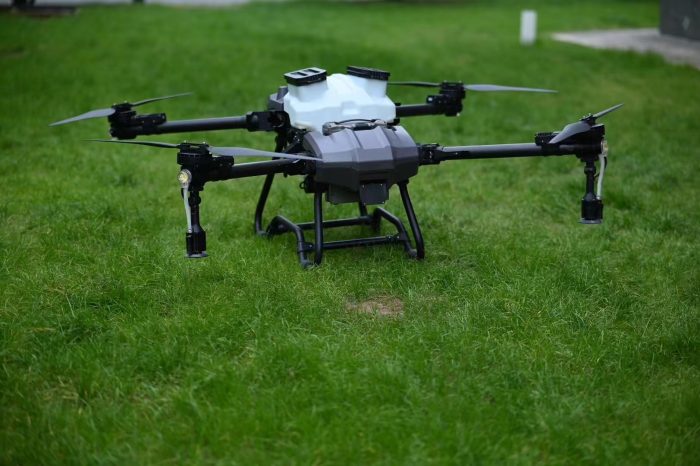
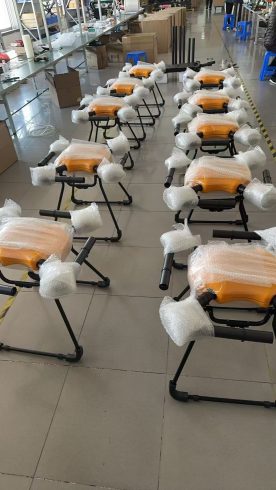
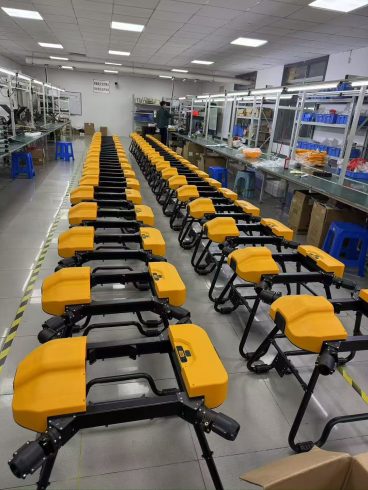


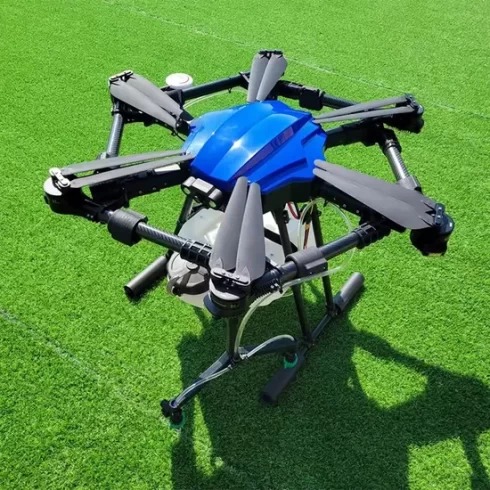

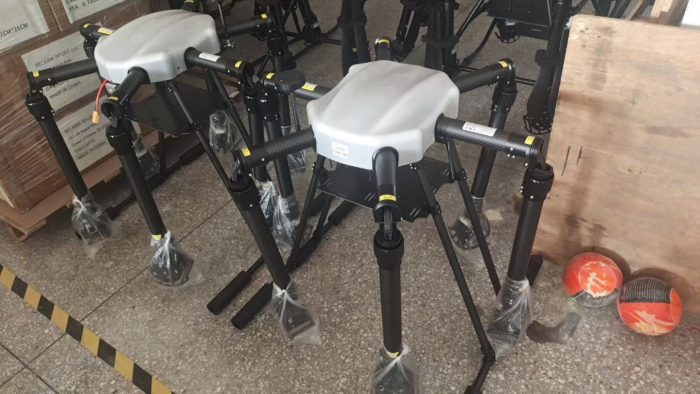

暂无评论内容